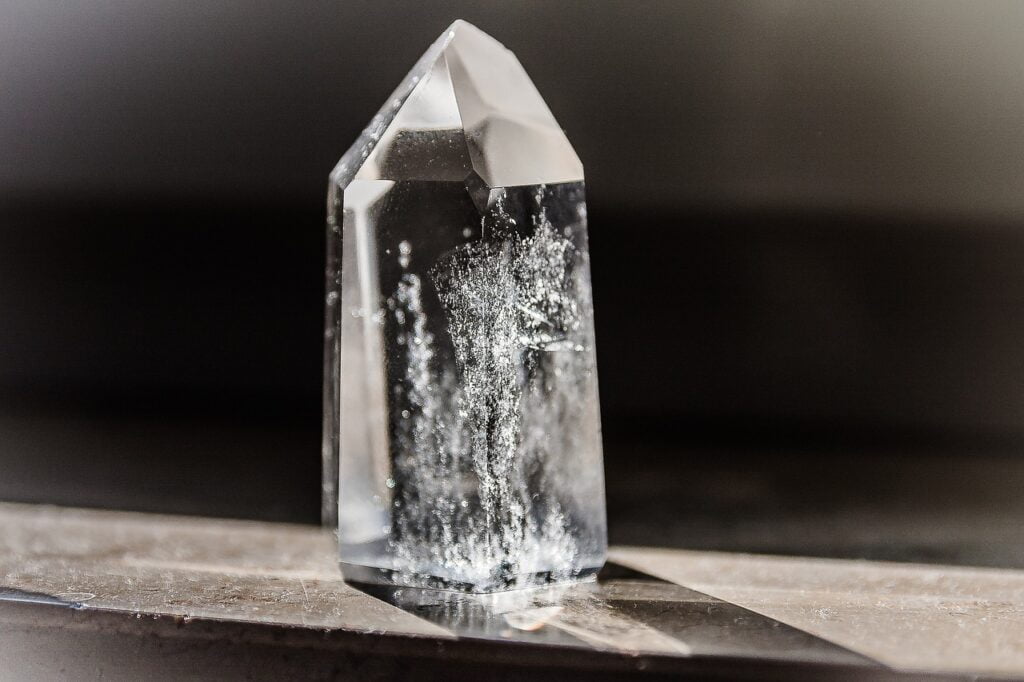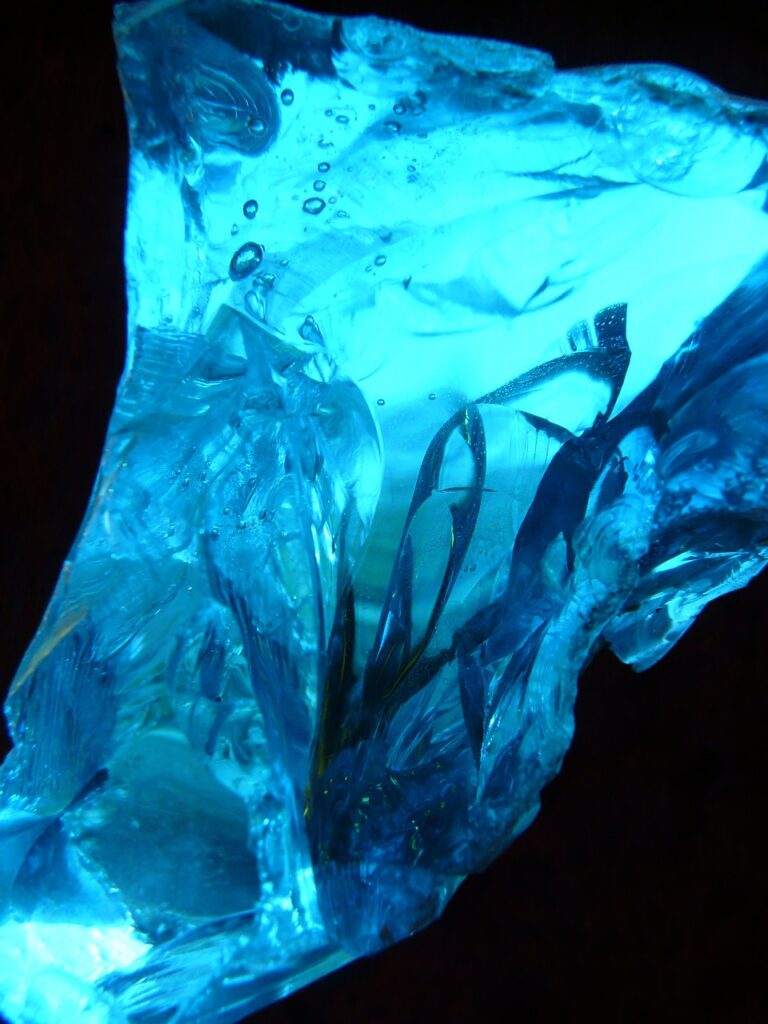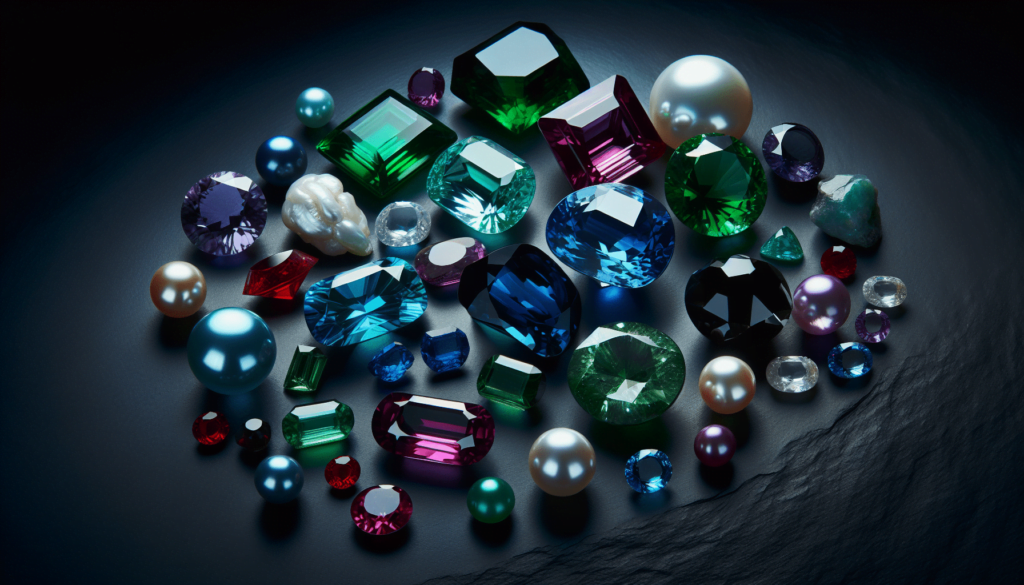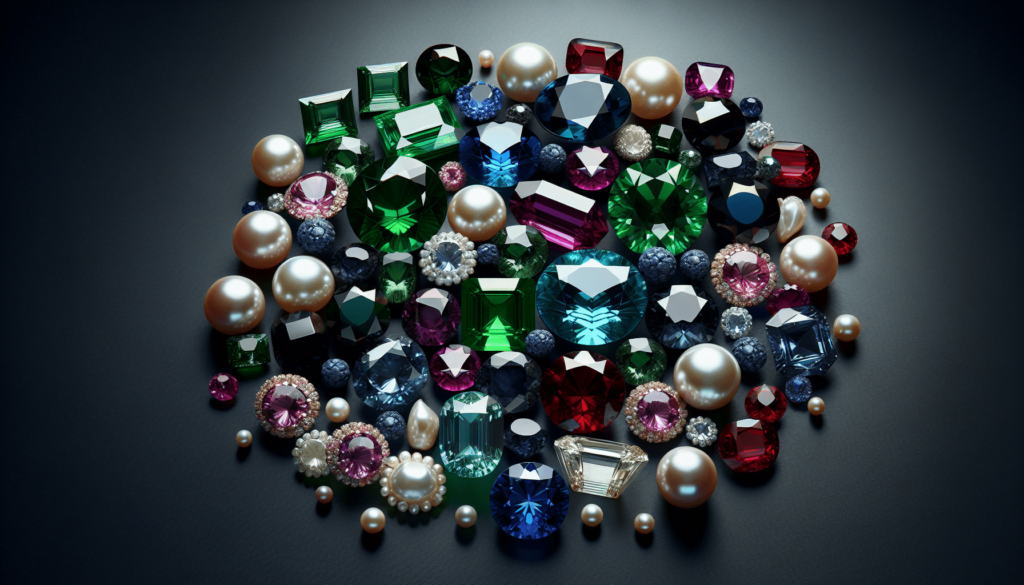In the dazzling world of gemstones and pearls, the cost of these precious items far surpasses that of diamonds, sometimes by as much as threefold, largely driven by their rarity. The valuation of these natural treasures is far from random, and involves considering factors such as their quality, cut, and inherent charm. Their ability to stir deep emotions among collectors also plays a significant part in the final price tag. However, sales often require more effort on the retailers’ part, as colored stones and pearls lack the generic marketing of diamonds. Notwithstanding the higher markups on these gems, diamonds still constitute around 60% of all US jewelry sales, thanks to savvy promotional efforts over many years. As shared by three anonymous retailers, rubies, emeralds, and sapphires provide the greatest return on investment while challenges in the form of market volatility, tricky pricing, and the need for in-depth industry know-how continue to exist. The allure and demand for colored gems remain largely subjective, influenced predominantly by the specific personal preferences of clientele. This is in stark contrast with diamonds that have an arguably more uniform and global appeal.

The Connection between Rarity and Price
When it comes to the precious world of gemstones and pearls, rarity is often a key factor determining their price. By definition, rarity is a quality denoted by the exceptionally low prevalence or uncommonness of something. In the gemstone and Pearl industry, it is characterized by exquisite colors and unique physical properties that are uncommon or even exclusive to certain gem types.
Defining rarity in colored gemstones and pearls
Rarity in colored gemstones and pearls encapsulates several aspects. It could be a unique color shade, a particular clarity level, larger size, specific country/region of origin, or even an unusual cut. Sometimes, geopolitical factors or limitations in mining processes can also contribute to the gemstones’ rarity, making them even more sought after and valuable.
The direct relation between rarity and price
As is the case with most luxury or want-based industries, scarcity or rarity directly impacts price in the gem and pearl market. Simply put, the less available an item is, the more people are willing to pay to possess it. It is this basic economic principle of supply and demand that drives the pricing of these precious items.
Comparison between the pricing of rare and common gemstones
Comparatively, rare gemstones and pearls command significantly higher prices than those that are more easily obtainable. Keep in mind, a rare colored gem or pearl can sometimes fetch up to three times more value than its common counterparts.
Evaluating the Quality of Gems and Pearls
Quality is another vital aspect that heavily influences the price of gems and pearls. As you delve into the world of these natural marvels, understanding how to assess their quality becomes an essential skill.
Determining the quality of colored gemstones
For colored gemstones, quality is majorly evaluated on the basis of the four Cs – color, clarity, cut, and carat weight. Each of these factors plays a significant role in determining the overall value and appeal of the gem.
Factors constituting the quality of pearls
For pearls, on the other hand, the quality factors encompass size, shape, color, nacre quality, surface cleanliness, luster, and matching. Each of these characteristics contributes to the masterpiece that makes up a pearl.
Impact of quality on the cost of gems & pearls
The finer these quality attributes are, the higher the cost of the gem or pearl. Whether it is the deep and vivid color in a gem or the silken luster of a pearl, these high-quality features are what set pricey specimens apart from their less costly counterparts.
Role of Cut and Aesthetic Appeal
Although all the four Cs are important, the cut holds particular significance in the pricing of gemstones and pearls. A masterfully cut gem is not only visually striking but can also mask inclusions and enhance color, boosting its allure.
Understanding the importance of the gem cut
A gemstone’s cut directly impacts its brilliance and sparkle. The cut is essentially the gemstone’s final form or shape – whether round, oval, square, etc. A well-cut gemstone will also possess appropriate proportions, symmetry, and a high polish.
Relation between cut and price
The higher the cut quality, the higher the price – it’s that simple. A gemstone with an excellent cut will reflect light beautifully, appear visually perfect and as such, command a higher price in the market.
Significance of aesthetic appeal in gemstone pricing
Equally, overall aesthetic appeal plays a significant role in gemstone pricing. A gemstone might not tick all the boxes on paper, but if it is visually appealing and captures the buyer’s fancy, it will still command a good price.
The Emotional Factor
One unique aspect that sets gemstones and pearls apart from other luxurious items is the emotional connection they often establish with their owners. Their charm and elegance can evoke strong emotions and memories, adding to their desirability.
The connection between gemstones, pearls and emotions
Gemstones and pearls often carry deep emotional significance for their owners, being associated with memorable life events such as birthdays, weddings, anniversaries, and other special occasions. This emotional connection adds an intangible value that’s difficult to measure in monetary terms.
How emotions influence the willingness to pay
The stronger the emotion a gemstone or pearl evokes in a buyer, the more the buyer is willing to pay for it. It’s not uncommon for collectors to pay premium prices for gems and pearls that particularly captivate them because of the feelings they stir.
Role of emotion in sales of rare gems and pearls
The emotional ties customers develop with certain gems can significantly boost their popularity and sales. This is even more true for rare stones and pearls, which alluringly marry emotional allure with tangible rarity, offering a truly unique ownership experience.

Markup Differences between Diamonds and Colored Gemstones
It may surprise you to learn that despite their high cost, colored gemstones and pearls typically offer retailers better markups than diamonds.
Comparison of markups in diamonds and colored gemstones
While diamonds account for the significantly larger portion of jewelry sales, the markup on colored gems and pearls is often higher. This higher markup is partially due to factors such as rarity, quality, cut, and overall aesthetic appeal.
Reasons behind higher markup for colored gemstones
The reason for the higher markup on colored gemstones is quite straightforward. They are rarer than diamonds and their quality features can significantly drive up the price. Additionally, with minimal generic marketing as compared to diamonds, colored gems often command higher prices for their unique beauty and appeal.
Challenges in marketing colored gemstones over diamonds
Despite the better markup, colored gemstones present certain challenges for retailers. There is a need for additional efforts in terms of marketing and sales to carve a successful niche in the market currently dominated by diamonds.
Market Dominance of Diamonds
Diamonds have long been the undisputed kings of the jewelry market. Their longstanding popularity is largely due to years of extensive promotion and marketing campaigns highlighting their brilliance and social status symbol.
Understanding why diamonds account for majority of jewelry sales
Diamonds are synonymous with luxury, status, and timeless elegance. Their standardized grading system combined with effective marketing campaigns fuels their market dominance. Years of ad campaigns have ingrained in consumers’ minds that diamonds symbolize love, commitment, and prosperity.
Impact of extensive diamond promotion
As a result of heavy promotion, diamonds account for nearly 60% of all jewelry sales in the US. This market dominance makes it challenging for colored gemstones and pearls to grab a significant market share despite their superior qualities in terms of rarity and desirability.
Efforts needed to boost sales of colored gemstones and pearls
To balance the scales and increase the market share of colored gemstones and pearls, targeted marketing efforts are crucial. Educating consumers about the uniqueness, charm, overall appeal, and actual value of colored gemstones and pearls can spur niche appreciation and demand.

Retailer Perspectives on Gems and Pearls
When navigating the complex world of gems and pearls, a retailer’s perspective can provide valuable insights. In a recent interaction, three jewelers shared their experiences relating to margins, challenges, and popular items.
Retailers’ experiences with gemstone margins
All retailers agreed that colored gemstones and pearls offer higher margins than diamonds. This is mainly due to their rarity and the emotional factor they bring to the table, enabling them to command higher prices.
Challenges faced by retailers
However, they also voiced concerns about challenges in pricing, client education, and the need for increased knowledge in gemstones and pearls. The ambiguity in grading criteria and lack of standardized pricing models for colored stones and pearls also remain significant issues.
Best return on investments from rubies, emeralds, and sapphires
Despite these challenges, they unanimously agreed that rubies, emeralds, and sapphires offer the best return on investment, attesting to their popularity and sustained demand among customers.
Consumer Preferences and Market Demand
The colored gemstone and pearl market greatly depends on specific tastes and preferences of clients. This implies a more subjective and individual approach to sales compared to the standardized diamond market.
Understanding tastes and preferences of gemstone buyers
It’s important to understand that preferences in the colored gemstone market can vary widely among clients. Different individuals might have different criteria for picking their favored gemstone or pearl. Some might prioritize color and size, while others might be more about shape and overall aesthetic appeal.
How consumer preferences influence market demand
These varying preferences directly influence market demand. If a particular color or design becomes trendy, the demand for gemstones exhibiting those characteristics might spike. On the other hand, a preference shift might cause a decline in demand for previously favored gems or pearls.
Individual approach to selling in contrast with diamond-selling
This implies that successful selling of colored gemstones and pearls requires an individual approach, understanding and catering to each client’s unique preferences and motivations. This actively contrasts with diamond-selling, where standardized grading ensures more predictable desirability and price.

The Challenges of Pricing Colored Gemstones and Pearls
Even with the higher markup potential, pricing colored gemstones and pearls can be somewhat challenging for retailers. The industry is faced with several hurdles, from fluctuating market demand to an absence of unified grading and pricing scales.
Fluctuations in market demand
The tastes and preferences of consumers can greatly impact the market demand for gems, causing periodic fluctuations. Retailers need to be keenly aware of these trends to provide a product mix that caters to their clientele’s evolving preferences.
Pricing issues faced by retailers
Adding to the complexity, the gemstone and pearl industry lacks a standardized pricing scale. Unlike diamonds that have a universally recognized grading system which aids in establishing price, colored gemstones and pearls operate using diverse grading scales, often leading to pricing inconsistencies and subjectivity.
The need for deeper knowledge in gemstone and pearl industry
Moreover, more profound knowledge in the gemstone and pearl industry is needed to ensure accuracy in grading, pricing, and to effectively communicate value to consumers. Retailers with a thorough understanding of these gems’ unique properties, rarity, and market trends stand a better chance at successful sales and satisfied customers.
The Future of Colored Gemstone & Pearl Industry
Despite the multitude of challenges, the future of the colored gemstone and pearl industry looks promising. Growing consumer awareness and a penchant for unique, personalized jewelry items are driving the market forward.
Predicted trends about the demand for colored gemstones and pearls
Market analyses predict a surge in demand for colored gemstones and pearls, driven by consumers’ desire for individuality and emotional connections. Their unicity and ability to offer something “different” from the norm ensures their popularity in the coming years.
Innovative approaches to increase sales
As the market evolves, innovative approaches will be needed to increase sales. Retailers with innovative marketing strategies, personalized services, and a deep knowledge of the product will have a competitive advantage over others.
Sustaining rarity and quality in a fluctuating market
Despite market fluctuations, sustaining rarity and quality while competitively pricing the gems will remain a central challenge for the industry. However, with the right knowledge, passion, and a touch of brilliance, the colored gemstone and pearl industry is definitely set to sparkle in the future.

